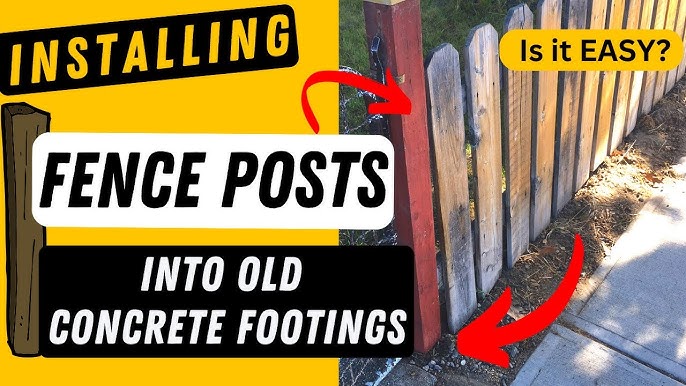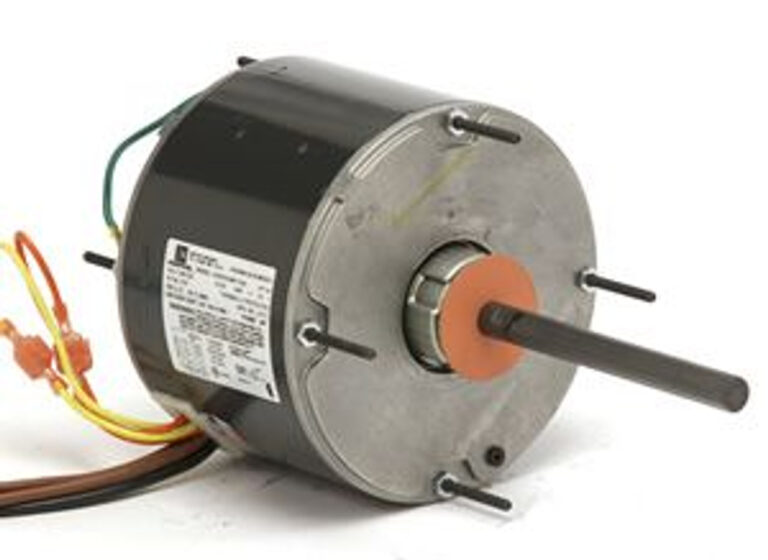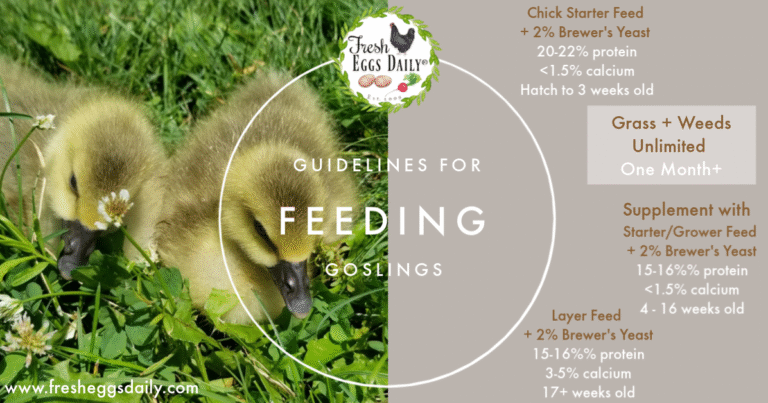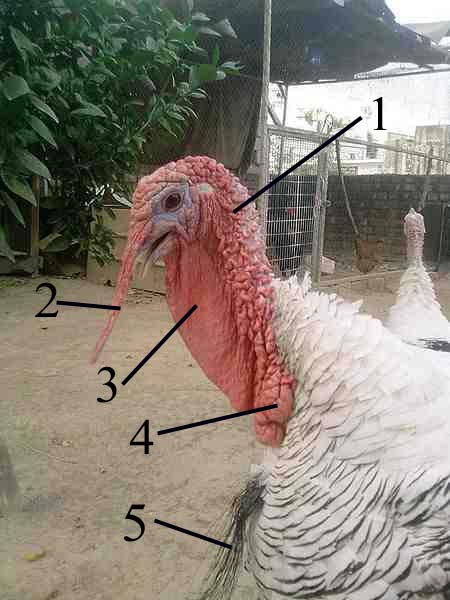Can You Put New Fence Posts in Old Holes: Expert Tips
Are you staring at those old fence holes in your yard, wondering if you can save some time and effort by reusing them for new fence posts? You’re not alone.
This common question puzzles many homeowners and DIY enthusiasts who are keen on both efficiency and durability. Imagine the relief of knowing you can skip the hassle of digging entirely new holes and still have a sturdy, long-lasting fence. But is it really possible?
And if so, what’s the best way to ensure your new fence stands strong? We’ll delve into the pros and cons, share practical tips, and uncover the secrets to making the most of those existing holes. By the end, you’ll have all the information you need to confidently tackle your fencing project, whether you’re a seasoned pro or a first-timer.

Credit: www.youtube.com
Assessing Old Holes
Assessing old holes for new fence posts is crucial. It ensures stability and longevity. Not all old holes are suitable for reuse. Proper evaluation helps prevent future issues. This section guides you through the assessment process.
Inspecting Structural Integrity
Check the old hole’s condition first. Look for signs of erosion or collapse. Soil integrity affects the post’s stability. Weak soil may need reinforcement. Consider the surrounding area. Make sure it’s free from debris. Clear any rocks or roots obstructing the hole.
Identifying Size And Depth Requirements
Old holes may not fit new posts perfectly. Measure the hole’s diameter and depth. Compare it with your new post dimensions. Ensure the hole is deep enough. Shallow holes compromise fence stability. Match the hole’s size to the post’s width. A snug fit secures the post better.

Credit: www.youtube.com
Preparing Old Holes
When replacing fence posts, many wonder if they can simply use the old holes. Reusing these can save time and effort, but it’s not always straightforward. Preparing old holes properly is crucial to ensure your new fence stands strong and durable.
Cleaning Out Debris
Start by thoroughly cleaning out the old holes. Over time, debris like dirt, rocks, and even old concrete can accumulate. Use a post hole digger or a shovel to remove this material. Ensure the hole is clear and ready for new material.
Don’t overlook the smaller debris. Even small rocks or chunks of old post material can prevent your new post from sitting correctly. This can lead to instability, especially in adverse weather conditions.
Have you ever found unexpected items in your yard? The same can happen with fence post holes. It’s not uncommon to find roots or even old tools buried in there. Double-check to avoid surprises later.
Addressing Soil Compaction
Soil compaction is another key issue to address. Over the years, the soil around an old fence post hole can become compacted, affecting drainage and stability. Loosen the soil with a digging bar or an auger to improve the condition.
If the soil is too compacted, the new post may not set properly. This can cause leaning or wobbling. Consider adding fresh soil or gravel to improve drainage and support.
Have you tried digging into hard, compacted soil before? It can be tough! You might need to moisten the soil slightly to make the job easier. Just be careful not to overwater, as this can lead to mud and mess.
As you prepare old holes for new fence posts, remember these steps. They might take a bit more time upfront, but they are essential for a strong, long-lasting fence. What’s the worst that can happen if you skip these steps? A leaning fence in a few months is one possibility you’d rather avoid.
Choosing The Right Materials
Choosing the right materials for fence posts ensures durability and longevity. Old holes might seem convenient, but using the right materials is key. This decision affects the fence’s stability and appearance. Picking the correct materials saves time and effort in the long run. Invest in quality to avoid frequent repairs.
Selecting Durable Posts
The choice of fence post material determines its strength. Wood, metal, and vinyl are popular options. Each has its own benefits. Wood is classic and blends with nature. Metal offers strength and requires less maintenance. Vinyl resists weather and is easy to clean. Consider the climate and soil conditions before deciding. Make sure the post can withstand local weather patterns. A strong post reduces the chance of future replacements.
Considering Post Treatments
Post treatments protect against rot and pests. Treated wood lasts longer, especially in damp areas. Chemical treatments enhance wood’s resistance to moisture and insects. For metal posts, coatings prevent rust and corrosion. These treatments extend the life of the posts. Ensure treatments are environmentally friendly. This benefits the surrounding soil and plants. Properly treated posts require less maintenance over time.
Installation Techniques
Replacing old fence posts in existing holes is possible. Ensure the holes are deep and wide enough for stability. Proper drainage prevents rot and extends the life of new posts.
Installing fence posts can be a daunting task, especially if you’re considering putting new posts in old holes. This method can save time and effort, but it requires careful attention to detail to ensure your fence stands strong for years. Let’s dive into the nitty-gritty of installation techniques that will help you achieve a sturdy and visually appealing fence.Securing The Posts
Securing fence posts is the foundation of a strong fence. Begin by assessing the condition of the old holes. Are they deep enough? Are they properly positioned? Imagine you’re building a fence in your backyard. You want it to withstand wind and weather. By ensuring the holes are deep enough and free from debris, you give your posts the best chance to remain firm. Using concrete is a popular choice for securing posts. Mix it to a thick consistency and pour it around the base of the post. This adds weight and stability. Think of it as giving your fence a solid handshake.Ensuring Stability And Alignment
Stability and alignment go hand in hand for a straight and reliable fence. After setting your posts, use a level to make sure they’re perfectly vertical. A slight tilt can lead to a wobbly fence. You might recall a time when you hung a picture on the wall. Even a minor misalignment was noticeable. Similarly, fence posts require precision. Use a string line stretched between posts to check alignment. This simple technique ensures your fence runs in a straight line. Consider the soil condition too. Different soils offer different support. Sandy soil may require deeper holes for added stability. Have you ever wondered why some fences stand for decades while others falter? Attention to detail during installation is often the key. Are you ready to tackle your fence project with confidence?Dealing With Common Challenges
Setting new fence posts in old holes can be challenging. Ensure the holes are deep enough and the ground is stable. Old holes may need cleaning or reinforcing with concrete for secure fitting.
Putting new fence posts in old holes might sound simple, but it often comes with its own set of challenges. You might think, “I’ve already dug the holes, why not reuse them?” However, the task can be more complicated than it seems. Common issues like rot, decay, and uneven ground can turn this seemingly straightforward job into a daunting task. Addressing these challenges head-on can save you time and effort while ensuring your fence stands strong for years.Preventing Rot And Decay
Rot and decay are like silent enemies to your fence posts. If the old holes are damp or filled with rotting wood, they can compromise the new posts. Consider using treated wood for your new posts to resist rot. Another option is adding gravel or concrete at the base of the holes to improve drainage. This helps keep moisture away from the wood, preventing decay. You might be surprised at how a small change like this can extend the life of your fence.Managing Uneven Ground
Uneven ground can make installing fence posts a real headache. An old hole might not be level, which can cause your fence to lean or wobble. Before placing new posts, check the ground level using a spirit level or a simple string line. Adjusting the depth of the hole or adding extra soil to even out the ground can make a big difference. Think about how a level fence not only looks better but also offers more stability. Have you ever tried to fix a leaning fence post? It can be a real hassle, and often requires more work than starting fresh. By managing the ground properly before installation, you save yourself from future frustration and ensure a sturdier structure.Maintenance Tips
Maintaining your fence posts can extend their life significantly. Whether using new posts in old holes or maintaining existing ones, proper care is crucial. Regular checks and protective measures can prevent future issues and save on repairs. Follow these tips to ensure your fence remains strong and durable.
Regular Inspections
Inspect your fence posts regularly for any signs of damage. Look for cracks, rot, or insect infestations. Check if the posts are leaning or wobbling. Early detection of problems can prevent bigger issues. Use a sturdy tool to test the strength of the posts. Ensure they are firmly in place and stable.
Protective Measures Against Weather
Weather can be harsh on fence posts. Apply a weatherproof sealant to protect them from rain and sun. Sealants create a barrier that prevents water damage and sun bleaching. Install post caps to shield the tops from rain. Caps also add a decorative touch to your fence. Consider using treated wood for better resistance against weather elements.

Credit: myfenceco.com
Frequently Asked Questions
Can New Fence Posts Fit Old Holes?
Yes, you can use old holes for new fence posts. Ensure the holes are deep and wide enough. Remove any debris and stabilize with gravel. Proper alignment and secure anchoring are crucial for stability. This approach saves time and effort while maintaining a sturdy fence structure.
How To Prepare Old Holes For New Posts?
Clear out any debris or old concrete from the holes. Check the depth and width to ensure they meet your new post requirements. Adding gravel at the bottom improves drainage and stability. Ensuring the holes are properly prepared guarantees the longevity and sturdiness of your new fence.
Should I Use Concrete In Old Post Holes?
Yes, using concrete in old post holes is recommended. Concrete provides stability and secures the fence posts in place. It prevents movement and enhances durability. Ensure the concrete is mixed properly and fills the hole completely. This method ensures your fence remains sturdy for years.
What Are The Advantages Of Reusing Old Holes?
Reusing old holes saves time and labor costs. It reduces the need for digging new holes, minimizing landscape disruption. Properly prepared old holes can provide a solid foundation for your new fence. This eco-friendly approach also reduces waste, making it a sustainable option for fence installation.
Conclusion
Replacing fence posts in old holes is possible with care. Evaluate the existing holes first. Ensure they are stable and deep enough. Dig deeper if necessary. This strengthens the post’s stability. Use gravel or concrete for support. This prevents future leaning.
Check for rot or damage in old holes. They can weaken new posts. Properly prepare before installation. Your fence will stand strong and last longer. A bit of patience pays off. Secure, sturdy fences start with solid posts. Remember, thoughtful installation leads to durability and peace of mind.







